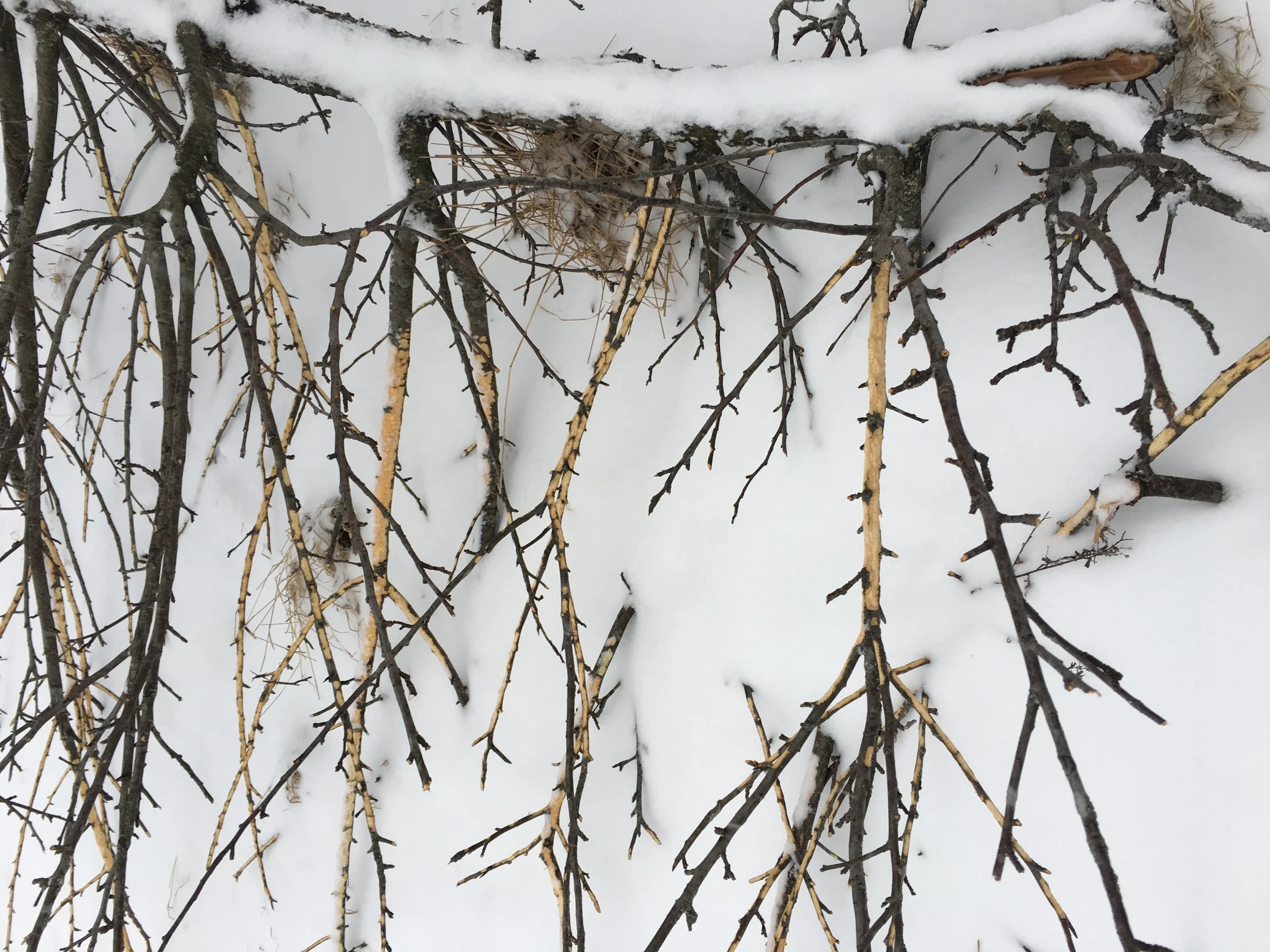The future of Food, farming +wildlife habitat
How to re-learn an enduring relationship with the land while enhancing the web of life and meeting human needs?
How do we re-naturalize ourselves to the land as we transition from extractive to regenerative, mutualistic, and sacred models?
During the first years of our stewardship of SHO Farm, LivingFuture conducted in-depth inventories of birds, dragonflies and butterflies, wildlife, rare plants, seeps, natural communities, and geologic composition.
The pressing question we were attempting to address: how to consider all elements of living relationship in how we design our presence on the land.
This drive has defined our work since 2003 when we moved to SHO Farm, Vermont (formerly Teal Farm).
As a result of our years of research and practice, with the help of ecologists and biologists, foresters and other farmers, we have the foundation of a sophisticated toolkit to share with other land stewards wishing to address climate, habitat, and food system stability on their own land. From mowing regimes, to forest management, to enhanced planting plans, to water management, to soil-building, to nutrient-cycling, to functional access design, to wildlife habitat creation—and now with respect to claiming our indigenous heritage—we are codifying all we’ve learned in an upcoming book, tentatively titled, Growing Wild.
We continue to work closely with wildlife ecologist Susan C. Morse to design new foodscapes that INVITE wildlife according to their needs, adding to the complex process of nutrient-cycling arising from thousands of years of co-evolution between place and being.
Central to our Indigenous land stewardship on SHo Farm’s 1300 acres, we will be PLANTING BACK trees like hickory, oak, chestnut, and hazelnut within fields originally cleared of their forest. Trees that can withstand fire in their understory. Trees that anticipate shifting temperatures, rainfall, and regional food needs, that can supply food for humans and wildlife alike.
Winter-browsed apple branch prunings left on the ground for rabbits and deer. In exchange, they leave their manure to fertilize the orchard trees.
Photo copyright by Susan C. Morse, used with permission.
Photo copyright by Susan C. Morse, used with permission


